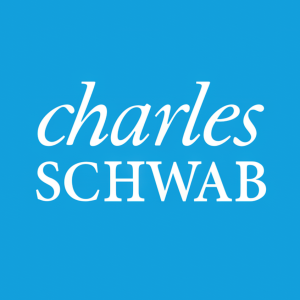Schwab Trading Activity Index™: January Score Kicks off the New Year With a Slump
Schwab clients were net sellers in January, reducing exposure in the Information Technology and Communications sectors while net buying Energy, Real Estate and Utilities
The reading for the four-week period ending January 31, 2025, ranks “moderate low” compared to historic averages.
“Schwab clients took a fairly defensive approach in January,” said Joe Mazzola, Head Trading & Derivatives Strategist at Charles Schwab. “We saw many responding to the month’s sometimes-contradictory headlines and economic reports by rotating out of higher-beta names. When the markets took a dip mid-month, we didn’t see the same kind of buying behavior we did during last summer’s pullback, although later in the month, many did seem to take advantage of the opportunity to buy AI names at a discount. Clients appear to be taking a selective approach and are in large part proceeding into the new year with caution.”
The S&P 500 stumbled out of the gate in January, losing almost
Relatively benign
Wall Street's early January setbacks coincided with a mild increase in volatility. The Cboe Volatility Index (VIX) rose to just above 22 intraday on January 13, the day the SPX hit its monthly intraday low below 5,800 and down more than
Popular names bought by Schwab clients during the period included:
- NVIDIA Corp. (NVDA)
- Palantir Technologies Inc. (PLTR)
- Apple Inc. (AAPL)
- Tesla Inc. (TSLA)
- Microsoft Corp. (MSFT)
Names net sold by Schwab clients during the period included:
- Walt Disney Co. (DIS)
- Boeing Co. (BA)
- Bank of America Corp. (BAC)
- Walgreens Boots Alliance Inc. (WBA)
- Starbucks Corp. (SBUX)
About the STAX
The STAX value is calculated based on a complex proprietary formula. Each month, Schwab pulls a sample from its client base of millions of funded accounts, which includes accounts that completed a trade in the past month. The holdings and positions of this statistically significant sample are evaluated to calculate individual scores, and the median of those scores represents the monthly STAX.
For more information on the Schwab Trading Activity Index, please visit www.schwab.com/investment-research/stax. Additionally, Schwab clients can chart the STAX using the symbol $STAX in either the thinkorswim® or thinkorswim Mobile platforms.
Investing involves risk, including loss of principal. Past performance is no guarantee of future results. Content intended for educational/informational purposes only. Not investment advice, or a recommendation of any security, strategy, or account type.
Historical data should not be used alone when making investment decisions. Please consult other sources of information and consider your individual financial position and goals before making an independent investment decision.
The STAX is not a tradable index. The STAX should not be used as an indicator or predictor of future client trading volume or financial performance for Schwab.
About Charles Schwab
At Charles Schwab, we believe in the power of investing to help individuals create a better tomorrow. We have a history of challenging the status quo in our industry, innovating in ways that benefit investors and the advisors and employers who serve them, and championing our clients’ goals with passion and integrity.
More information is available at aboutschwab.com. Follow us on X, Facebook, YouTube, and LinkedIn.
0225-T2JC
View source version on businesswire.com: https://www.businesswire.com/news/home/20250210116868/en/
At the Company
Margaret Farrell
Director, Corporate Communications
(203) 434-2240
margaret.farrell@schwab.com
Source: The Charles Schwab Corporation







